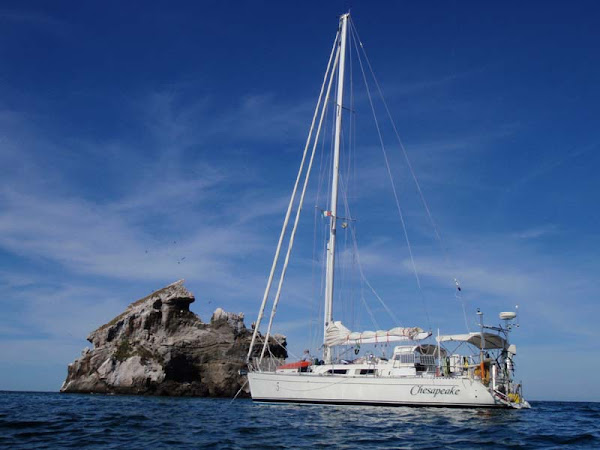 street vendor who cooks la comida
street vendor who cooks la comida
 cathedral metropolitana in downtown san salvador
cathedral metropolitana in downtown san salvador more aprons and street vendors
more aprons and street vendors not a great shot (try shooting out a crowded bus window) but it shows the painted poles found everywhere. the new ruling party has painted their colors and the name GANA from the recent election.
not a great shot (try shooting out a crowded bus window) but it shows the painted poles found everywhere. the new ruling party has painted their colors and the name GANA from the recent election. aprons are worn by working women everywhere. cute, beautiful, functional and always clean. i became obsessed with taking pictures of their aprons but found it nearly impossible to get their picture
aprons are worn by working women everywhere. cute, beautiful, functional and always clean. i became obsessed with taking pictures of their aprons but found it nearly impossible to get their picture  one of the farmacias in san salvador - both have guns - we saw them everywhere but they'e quite friendly
one of the farmacias in san salvador - both have guns - we saw them everywhere but they'e quite friendly the 495 bus to san salvador - $1.30 per person for the 1.5 hour ride. each bus is individually owned and operated. they bought old US school buses and imported them, paid a one-time fee of $10,000 and were given an operating route. a ban has been placed on buying the buses because so many of them were in poor condition from the US.
the 495 bus to san salvador - $1.30 per person for the 1.5 hour ride. each bus is individually owned and operated. they bought old US school buses and imported them, paid a one-time fee of $10,000 and were given an operating route. a ban has been placed on buying the buses because so many of them were in poor condition from the US. okay it's not my best shot, but it does show road conditions. lots of cows and horses meandering along the roads. surprisingly traffic accommodates them
okay it's not my best shot, but it does show road conditions. lots of cows and horses meandering along the roads. surprisingly traffic accommodates themI wanted to share some history about El Salvador because so many of us don't really understand what this country has been through. It's true you need to be careful where you go and there is a lot of pollution in the air and trash along the roads. It's the most densely populated latin american country, they are poor, but they've been through a lot and they're trying to overcome past history. We found them friendly and helpful, with a lot of national pride and very hard working. Here's a very condensed recap of what's happened here.
El Salvador’s history is steeped in struggle over domination. For 10,000 years one culture has built over another. In the 1700s a group of 14 European families controlled the entire colony of Spain using slave labor in cotton, balsam and indigo plantations. These 14 families retained control through unsuccessful rebellions. In the late 19th century synthetic dyes undermined the indigo market and coffee became the cash crop, displacing indigenous people. In the early 20th century a socialist uprising of peasants and indigenous people failed and led to The Massacre (La Matanza) of 30,000. By the 1970s landlessness, poverty, unemployment and overpopulation were serious problems. The government was tangled in coups and electoral fraud. When Duarte (the Christian Democrat Party supported by reform groups) ran for president and his victory denied amid fraud allegations, protests followed. The military averted an attempted coup and guerrilla activity created death squads. Thousands of Salvadorans were kidnapped and murdered.
El salvador’s history is littered with revolts, protests, coups, and an insurrection that turned into a civil war. This internal war generated death squads driving many Salvadorans out of the country. The results of internal struggles between the PDC (in power) and the FMLN (guerrillas) was economic destruction of bridges, power lines, coffee plantations and livestock. The UN negotiated a human rights agreement between both parties in the early 1990s. Paramilitary and death squad groups were reorganized into a civil police force that we see scattered throughout the countryside and in many stores. Land was redistributed limiting how much each person could own. The 12-year war killed an estimated 75,000.
Currently the country is trying to control gangs and crime. And then there are the natural disasters--hurricane Stan in 2005 and Volcan Santa Ana erupting causing landslides that ruined coffee and other crops. 16% of the GDP is from Salvadorans living abroad sending money home, but economic growth is slow. 30% of the population is below the poverty line in rural areas but they have the highest minimum wage in Central America. The FMLN (guerrillas) lobbied for educaion and health care for all. Salvadorans are hard working, friendly and proud of their country. They desperately want tourists to come visit.


No comments:
Post a Comment